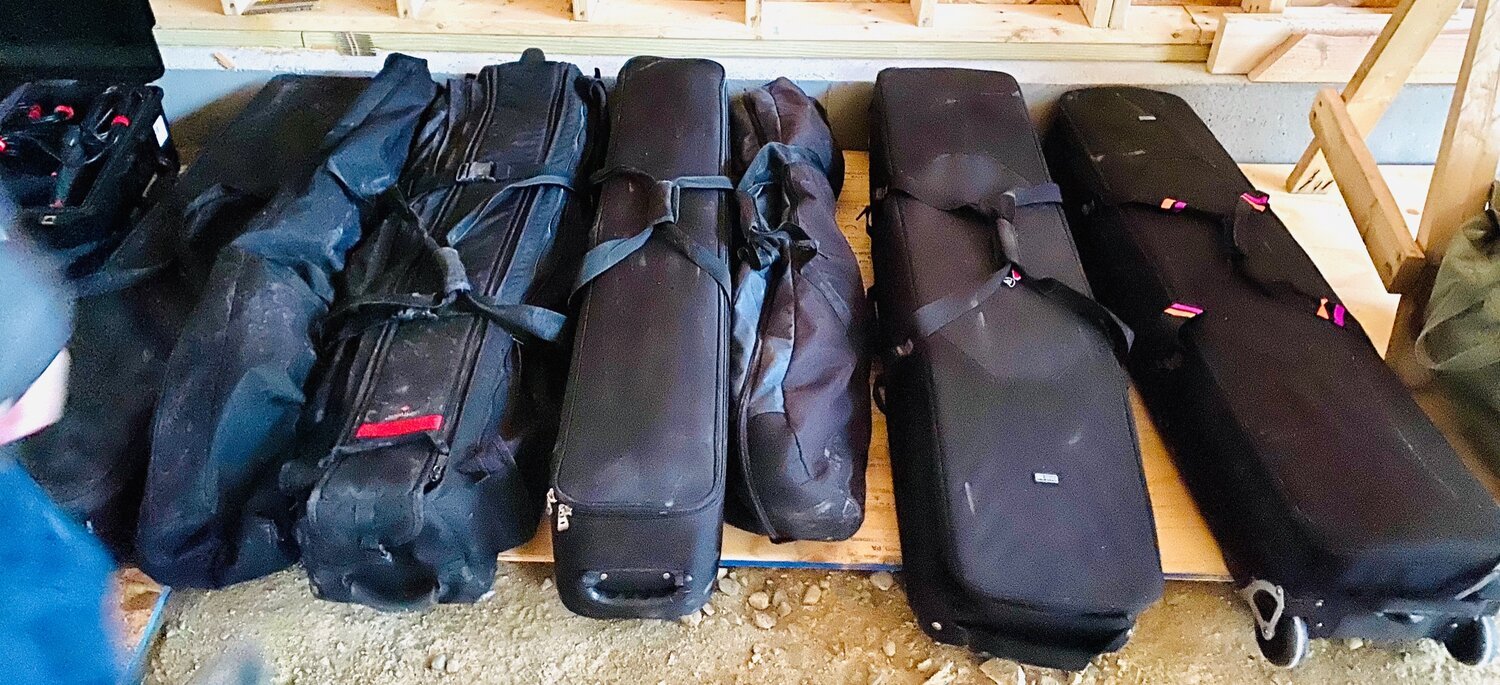How to Create A Production Schedule
Working on a visual media production for commercial or corporate projects is always very exciting. There are a wide range of activities that all need to move quickly. For every phase of production it’s important for the entire crew to understand each moving part, remain focused on their particular role as well. Reflecting on a project successfully completed is rewarding achievement.
One of the most important steps for success is creating a minute-by-minute guide which includes the details of each photo or video to be delivered. This guide includes the who, what, where and when for each step in the entire process. This schedule includes all the details the crew needs to keep working efficiently and timely, making sure all the details are captured.
Here are a few tips that will help to make a solid schedule and keep your crew in-the-know, efficient, on schedule, and on budget to deliver a great production.
Leave more time to setup the first scene each day. The start of a shoot (often in the early morning) includes unloading the car, and moving equipment in many cases to a location you are not familiar with.
Before unpacking equipment, do a walk-through of the entire day’s schedule. This allows real time visualization of how the day can best play out, and in some cases a location may be switched because items that came up in the initial scouting discussions were overlooked. Or the logistics of moving from one scene to another could somehow be minimized for setup and teardown.
Set aside a room or space solely for stylists and crew. A stylist typically prefers a room with good window lighting. This is important because the activities of the stylists when they are working with actors, or the crew, when they have time to unwind, stays off set.
Make sure you find the bathrooms. If you are outside, find out where the nearest bathroom is. And share that in the schedule and with the the crew. If your location has no facilities, find a local business that is willing to offer theirs. Recently we had a construction location with no facilities. A business next store was agreeable to our request for using their facilities if we brought them pastries and bagels. What a great deal! 😀
When the video production crew breaks for lunch, the most important consideration is to keep the team together. Like any group activity that is constrained for time, this will avoid having to wait for anyone when the production begins again. Do not send them to a restaurant of their choice or it may be like herding cats to get the afternoon started up. If food is being catered, create designated area for everyone to sit down. We recently reserved a table for 15 at a local cafe and ordered ahead of time so our lunch was efficient and then we moved to our new location after lunch. Always remember to ask about specific diet choices. Gluten free and vegetarian are two common requests.
Be ready to shift a schedule. A Plan B is always a good option to have in mind so it can be implemented quickly if your schedule is forced to shift its focus. Weather can play a big role in production!
At times a schedule needs to be somewhat changed on the fly. Maybe someone gets stuck in traffic, or the lighting is tough and needs extra attention, or there’s construction outside affecting sound. In this case, leave some physical space in your production guide to add or move things around, take notes, or simply do something new.
No matter how complicated your day may be, a detailed schedule keeps all options open, and supports the work of the entire crew so they can stay focused, efficient and attentive to the visual media goals without forgotten details.
A good rule of thumb to determine if you need a producer on set everyday to manage all the moving parts of a production, you’ll want to consider: size of the crew, catering needs, number of subjects or talent, number of locations within the production and budget.


